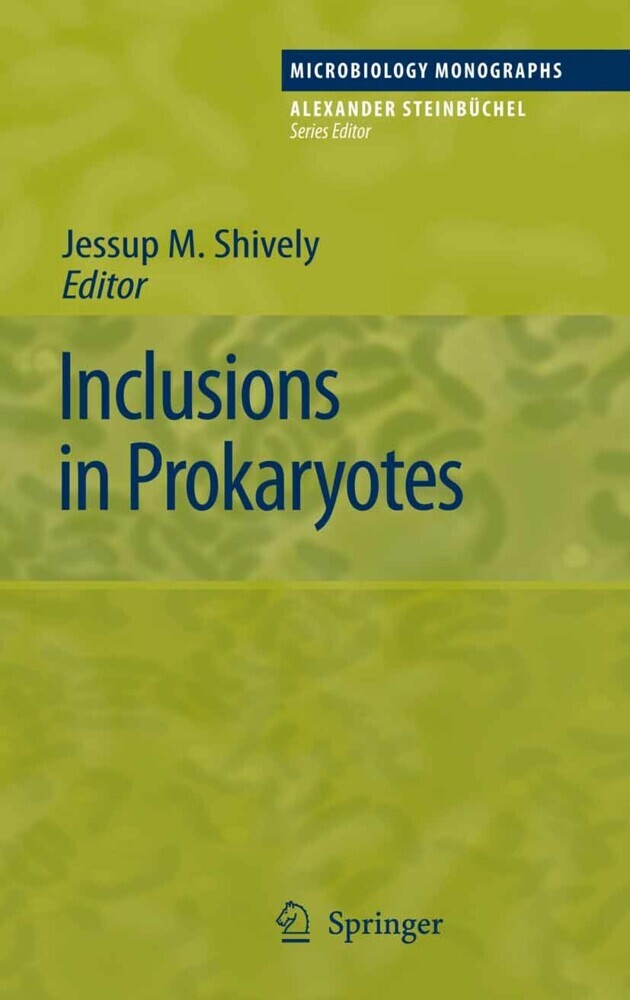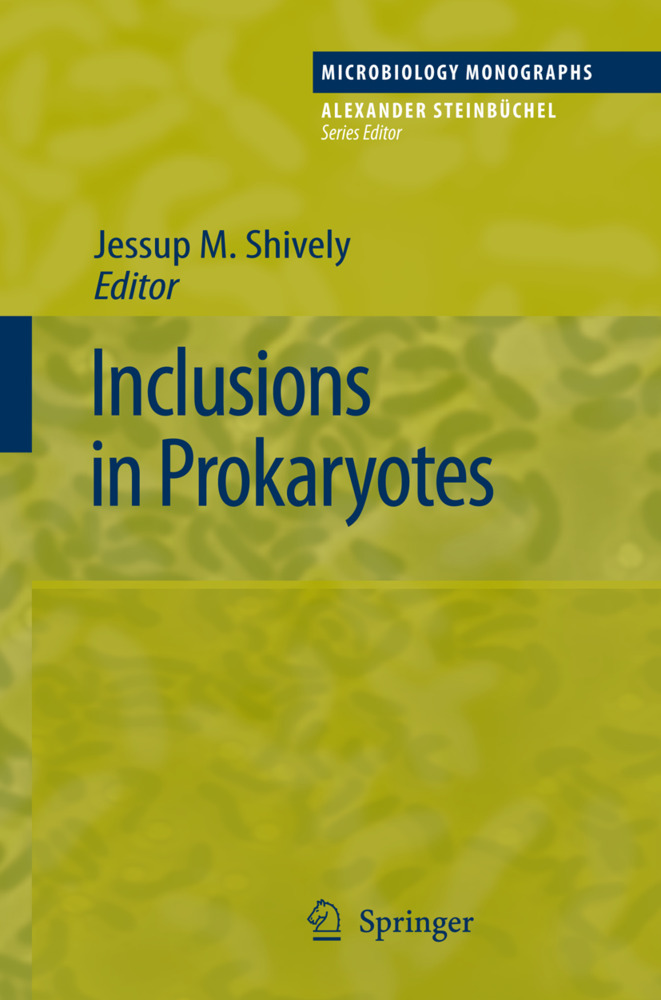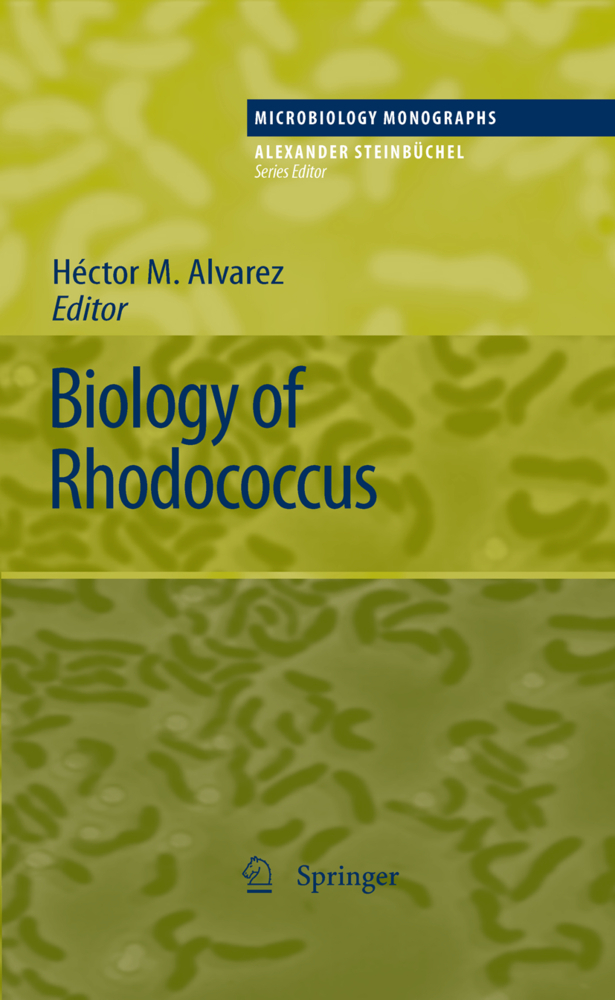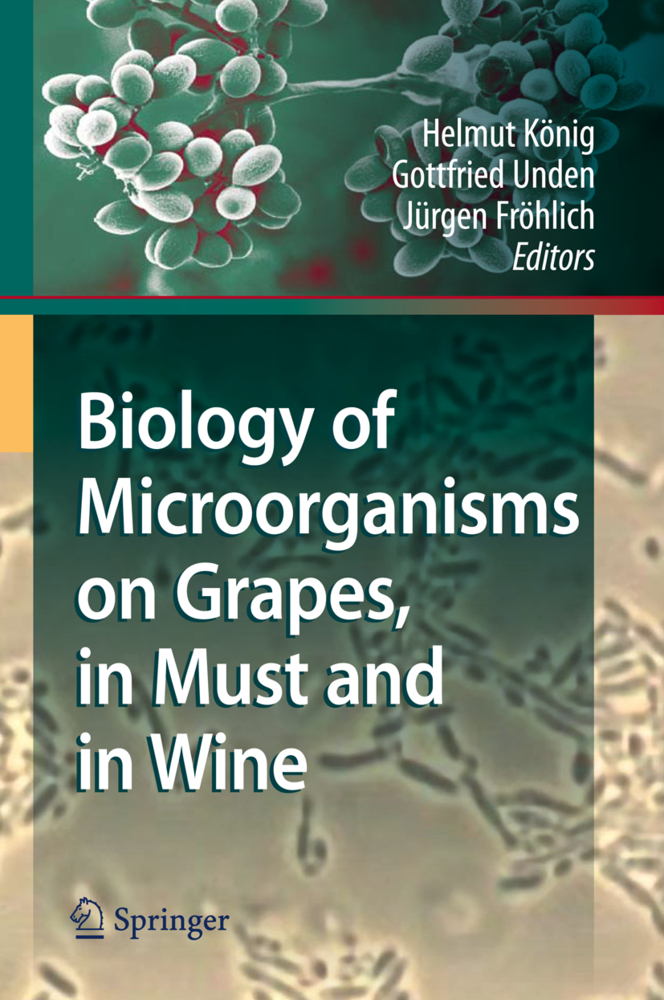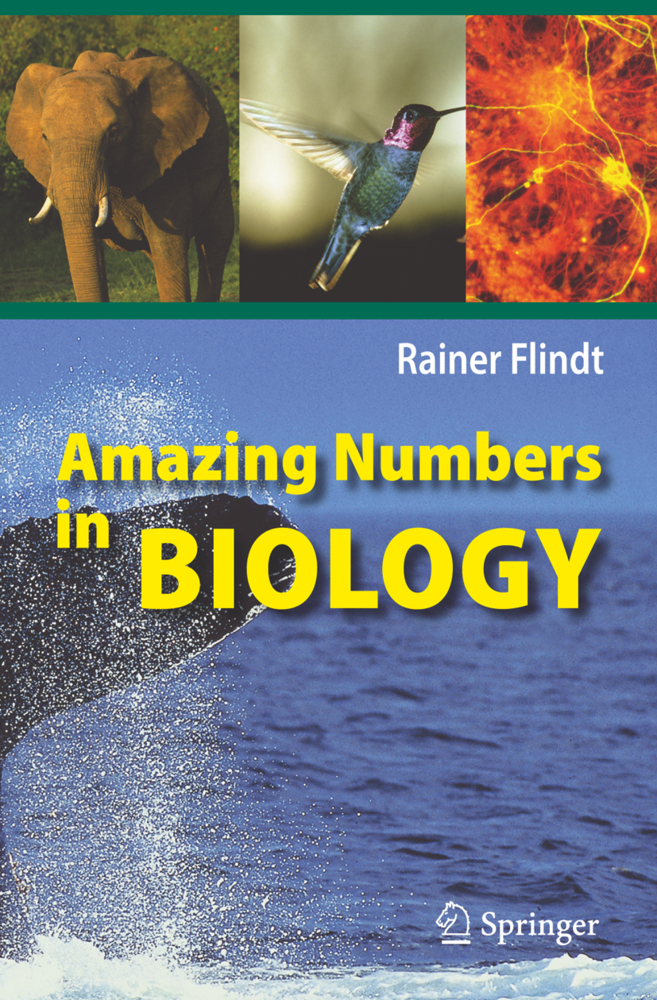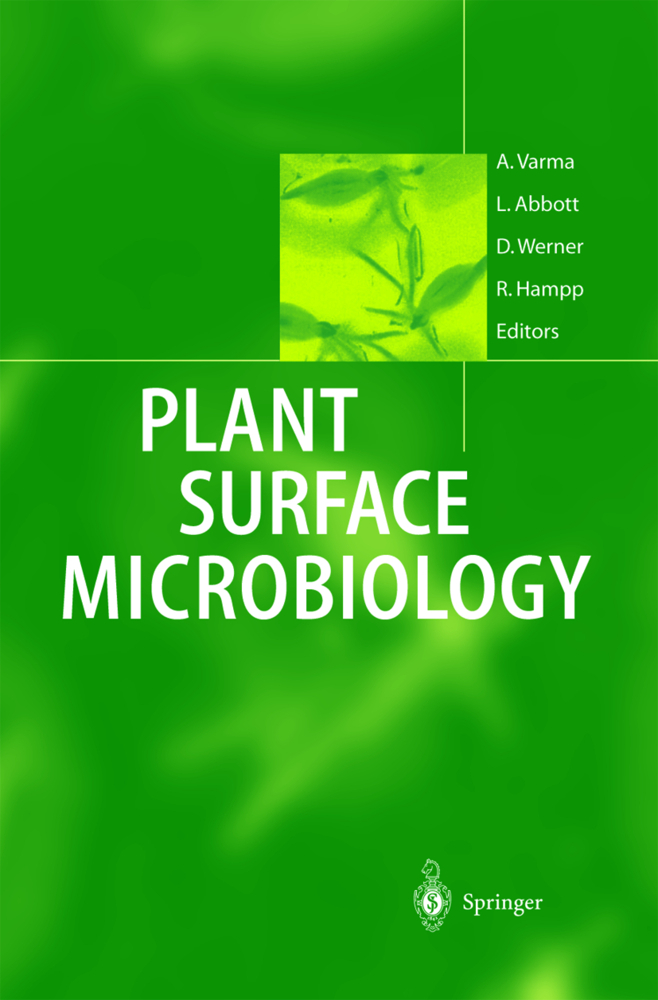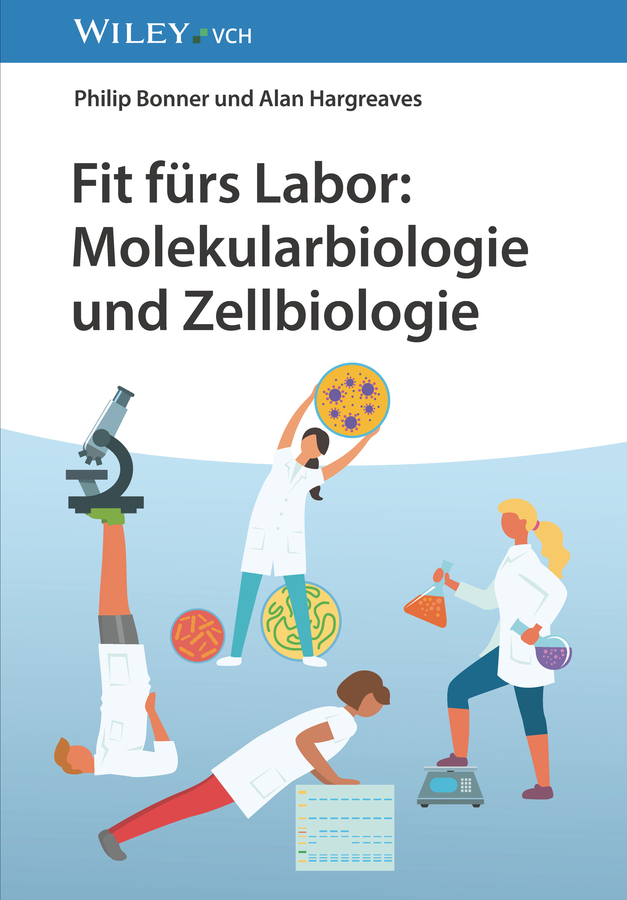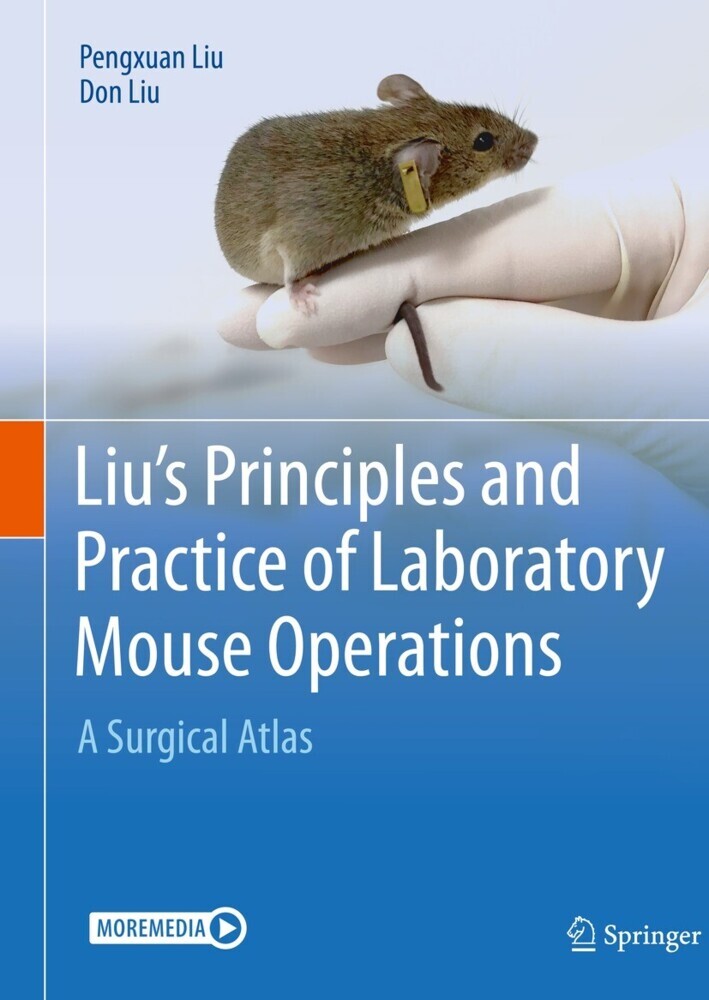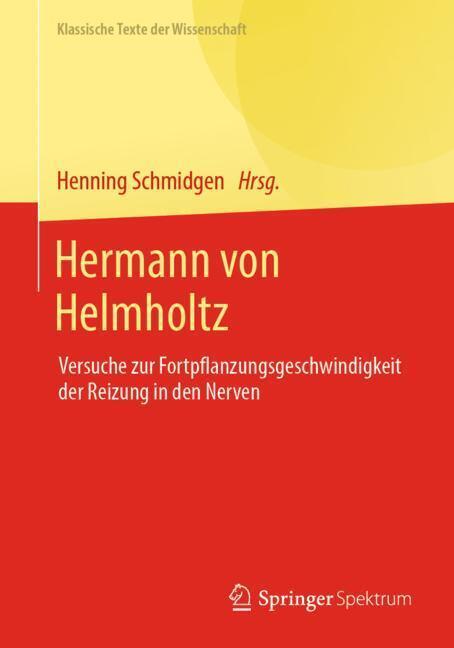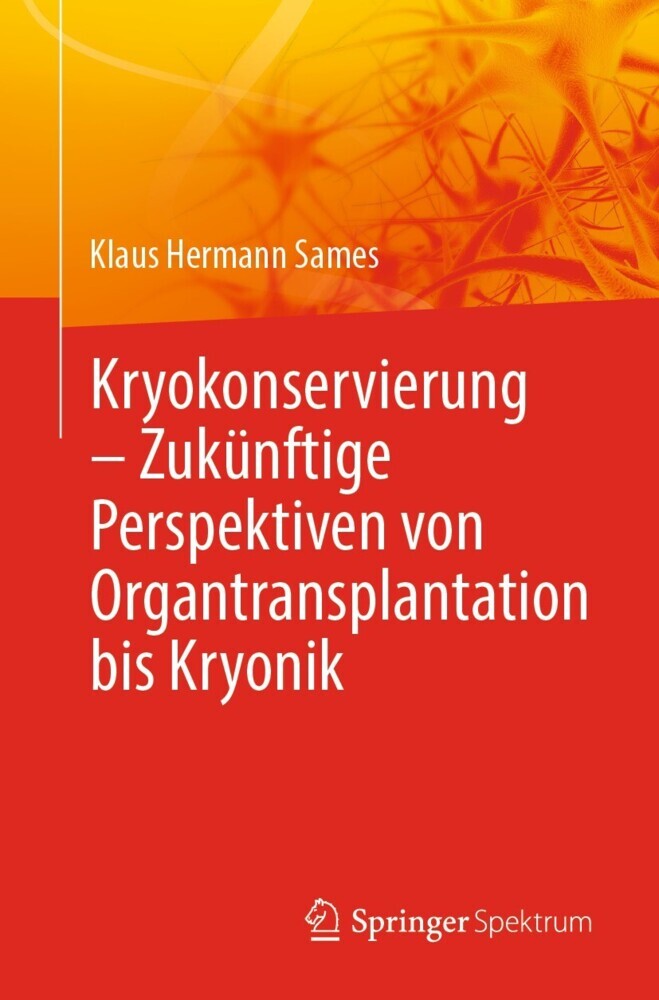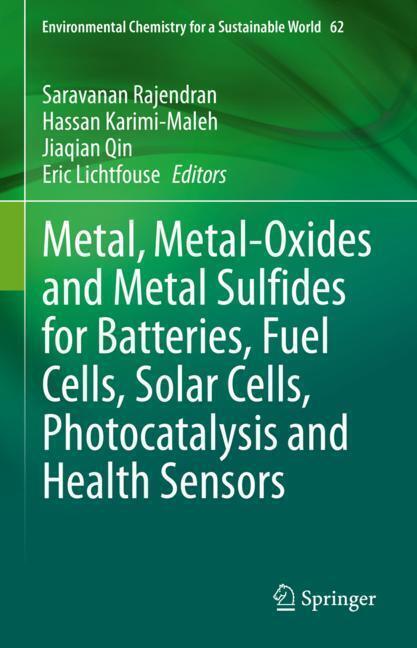The new series "Microbiology Monographs" begins with two volumes on intracellular components in prokaryotes. In this first volume, "Inclusions in Prokaryotes", the components, labelled inclusions, are defined as discrete bodies resulting from synthesis of a metabolic product. Research on the biosynthesis and reutilization of the accumulated materials is still in progress, and interest in the inclusions is growing."Inclusions in Prokaryotes" provides historical background and comprehensive reviews of eight well-known prokaryotic inclusions: sulfur globules, polyphosphate granules and acidicalcisomes, glycogen, polyhydroxyalkonate granules, wax ester and triacylglycerol inclusions, cyanophycin, insecticidal protein crystals, and protein inclusion bodies of recombinant bacteria. In addition, cameos of selected less-studied inclusions are presented to generate renewed and continuing interest.
1;Preface;7 2;Contents;10 3;Part I Inclusions in Prokaryotes;12 3.1;Prokaryote Inclusions: Descriptions and Discoveries;13 3.1.1;Introduction;13 3.1.2;Technological Milestones;14 3.1.3;Inclusions: Descriptions and Discoveries;15 3.1.4;References;24 3.2;Bacterial Sulfur Globules: Occurrence, Structure and Metabolism;31 3.2.1;Introduction;32 3.2.2;Occurrence and Localization of Sulfur Globules;33 3.2.3;Relevant Chemical Structures;41 3.2.4;Chemical Structures of Bacterial Sulfur Inclusions;44 3.2.5;A Model Organism: the Sulfur Globules of;47 3.2.6;References;53 3.3;Acidocalcisomes and Polyphosphate Granules;62 3.3.1;Introduction;62 3.3.2;Acidocalcisome Structure and Chemical Composition in Bacteria;64 3.3.3;Acidocalcisome Functions;66 3.3.4;Enzymes Involved in Poly P Synthesis and Degradation;70 3.3.5;Functions of Poly P Discovered by the Manipulation;72 3.3.6;of the Expression of Genes Involved in Their Synthesis and Degradation;72 3.3.7;Conclusions;74 3.3.8;References;74 3.4;Bacterial Glycogen Inclusions: Enzymology and Regulation of Synthesis;80 3.4.1;Introduction: Is Glycogen a Reserve Storage Compound?;81 3.4.2;Physiological Functions of Glycogen;85 3.4.3;Enzymatic Reactions Leading to Glycogen Synthesis;86 3.4.4;Properties of the Glycogen Biosynthetic Enzymes;88 3.4.5;Genetic Regulation of Glycogen Synthesis in;105 3.4.6;References;107 3.5;Biogenesis and Structure of Polyhydroxyalkanoate Granules;118 3.5.1;Introduction;119 3.5.2;Metabolism of PHA in Prokaryotes;121 3.5.3;Structure of PHA Granules;128 3.5.4;Biotechnological Production and Applications of Nanoparticles of PHAs;136 3.5.5;References;138 3.6;Wax Ester and Triacylglycerol Inclusions;146 3.6.1;Introduction;147 3.6.2;Occurrence of Storage Lipids in Prokaryotes and their Chemical Structure;148 3.6.3;Metabolism of Storage Lipids in Bacteria;151 3.6.4;Structure and Morphology of Prokaryotic Lipid Inclusions;153 3.6.5;Formation of Prokaryotic TAG and WE Inclusions and PHA Granules;158 3.6.6;Structure, Formation and Protein Equipment of Eukaryotic Lipid Inclusions;163 3.6.7;Concluding Remarks and Future Perspectives;168 3.6.8;References;169 3.7;Cyanophycin- an Ideal Bacterial Nitrogen Storage Material with Unique Chemical Properties;176 3.7.1;Cyanophycin-an Ideal Bacterial Nitrogen Storage Material with Unique Chemical Properties;177 3.7.2;Cyanophycin Inclusions in Cyanobacteria and Chemotrophic Bacteria- Early Microscopic Observations and Analyses of CGP Granules;182 3.7.3;Metabolic Functions of GGP;184 3.7.4;CGP Synthetase and CGPase-the Key Enzymes of CGP Metabolism;188 3.7.5;Cyanophycin Synthesis in Recombinant Bacteria and Transgenic Plants;190 3.7.6;Biotechnological Production of CGP and Potential Technical Applications;193 3.7.7;Outlook and Perspectives;196 3.7.8;References;196 3.8;Insecticidal Protein Crystals of;203 3.8.1;Introduction;204 3.8.2;A Brief History of;205 3.8.3;Taxonomic Affiliation of;209 3.8.4;Role of Crystal Proteins in the Biology of;211 3.8.5;Control of Crystal Protein Synthesis and Crystal Assembly;214 3.8.6;Types of Parasporal Bodies and Crystal Inclusions;219 3.8.7;Genetic Recombination of Parasporal Inclusions to Improve Toxicity;231 3.8.8;Other Types of Inclusions Produced by;238 3.8.9;Future Research;239 3.8.10;References;239 3.9;Protein Inclusion Bodies in Recombinant Bacteria;245 3.9.1;1;246 3.9.2;Introduction;246 3.9.3;2;248 3.9.4;Protein Structure Determinants for Aggregation;248 3.9.5;3;252 3.9.6;Structure and Composition of IBs;252 3.9.7;4;256 3.9.8;Dynamics of IB Formation and Disintegration;256 3.9.9;5;267 3.9.10;Impact of the Production Process,;267 3.9.11;the Host and the Target Protein on Aggregation;267 3.9.12;6;273 3.9.13;Production of IBs and Downstream Functionalization;273 3.9.14;7;282 3.9.15;Outlook;282 3.9.16;References;282 4;Part II Cameos of Selected Additional Inclusions;301 4.1;Vacuoles;302 4.1.1;Phylogenetic Relationship of Sulfur Bacteria with Vacuoles;302 4.1.2;Morphology of Sulfur Bacteria with Vacuoles;302 4.1.
Shively, Jessup M.
| ISBN | 9783540337744 |
|---|---|
| Artikelnummer | 9783540337744 |
| Medientyp | E-Book - PDF |
| Auflage | 2. Aufl. |
| Copyrightjahr | 2006 |
| Verlag | Springer-Verlag |
| Umfang | 349 Seiten |
| Sprache | Englisch |
| Kopierschutz | Digitales Wasserzeichen |

